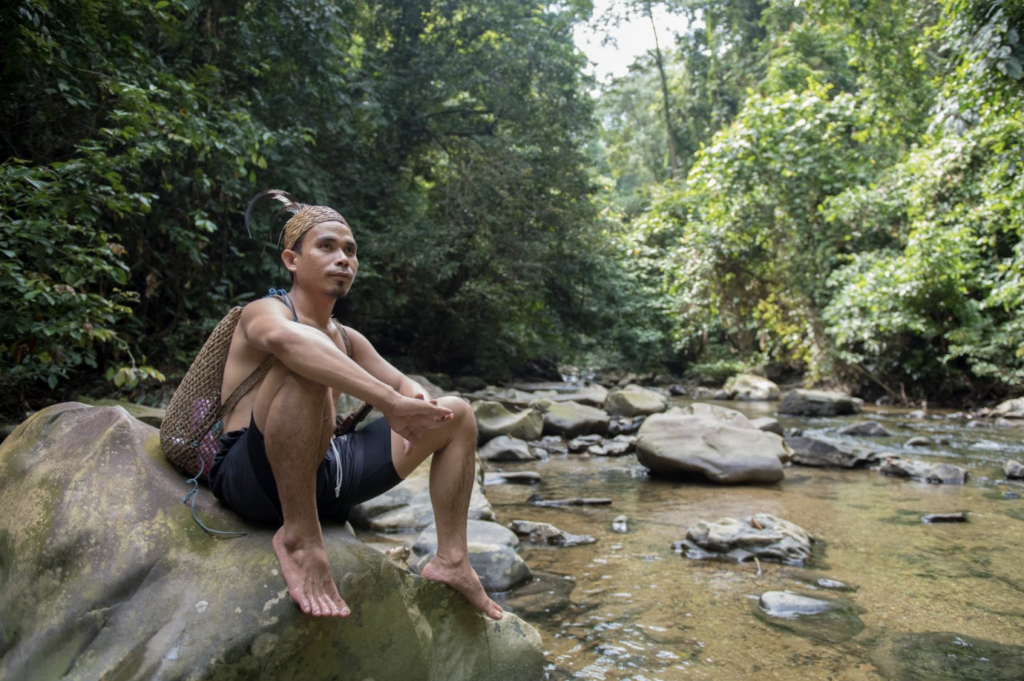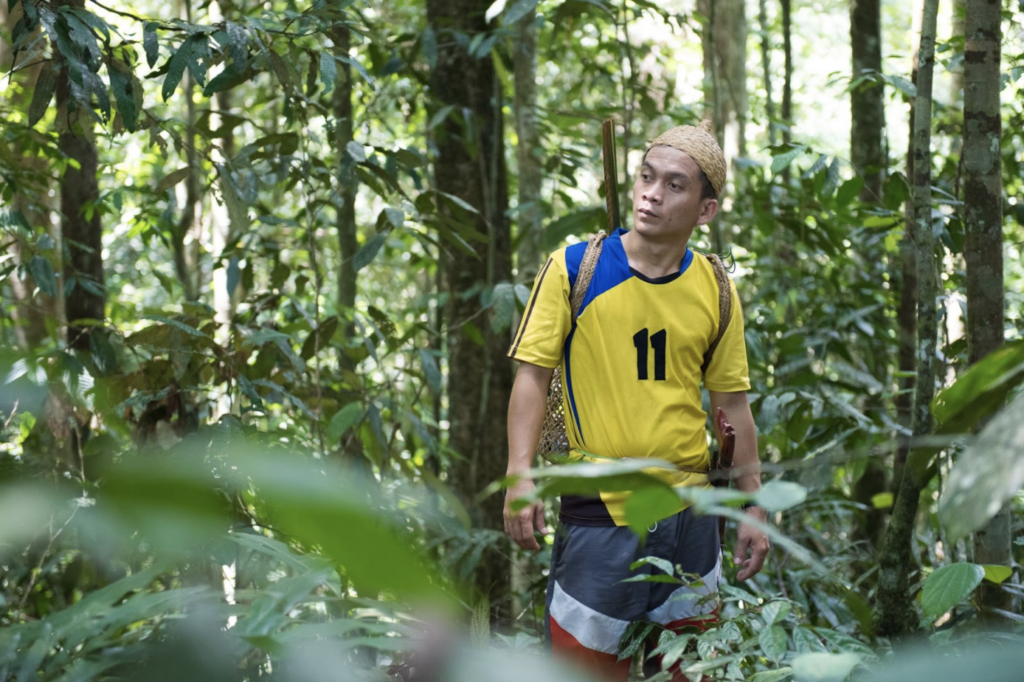By Sophie Nepali
There can be no doubt that humanity is an extraordinary species. Fuelled in part by the process of globalisation, however, we have become somewhat destructive in nature. The depletion of natural resources to combat consumer capitalism has had a catastrophic impact on the environment and the society we live in today, locally and globally.
Indonesia’s dynamic capitalist reform in the 1970s stemmed from a rise in democratic rule. This was known as the ‘New Order’ government stemming from General Suharto’s rise to power. By the mid-1990s, Indonesia was open to foreign investment leading to a decade of privatisation. This involved the exploitation of natural resources both legally and illegally in order to boost export-led growth. The negative effects to the environment were therefore a marginal matter, and the same occurred unilaterally. Such exploitation led to an unevenness in the expectations and fortunes associated with this political economy of development.
Democratic rule did achieve one thing, however: it gave villagers and ethnic minorities a voice that was once suppressed during authoritarian rule.
Introducing Christophe Bahuet
Christophe Bahuet is the Deputy Regional Director for Asia and the Pacific at the United Nations Development Programme (UNDP). He is also the Director at the UNDP Bangkok Regional Hub. Prior to his current regional post, Mr Bahuet spent five years as Director of UNDP in Indonesia, and has gained familiarity with indigenous tribes in the country. I had the pleasure of interviewing him exclusively for The International, whereby he reflected on his experience living and working in Indonesia. During the article, we’ll highlight Christophe’s comments in a red background.
The Bajau Laut
For over 400 years, the Bajau Laut tribe have roamed the waters surrounding the Southern Sulawesi Island, surviving off the fresh fish found in the sea. Also known as nomadic sea gypsies, young members of the tribe learn how to swim before they can even walk, and their eardrums are purposely burst so that they are able to dive up to 20 metres deep to hunt.
The Bajau population has grown exponentially over the years and their fishing technique has started to differ, causing fish stocks to drop significantly and unsustainably.
After the Second World War, soldiers introduced the tribes to dynamite fishing and since then the Bajau have unfortunately developed a destructive relationship with their habitat. Hong Kong companies introduced Potassium cyanide, a chemical used to stun fish, due to the popularity of selling live fish in restaurants. This differs from the tribe’s traditional spear-fishing technique.
The tribes used to live for months at a time on long boats called ‘lepa lepa’ and although most still live in this way, more have gradually switched to life in stilt communities and some have even moved to nearby coastal cities.
Rather than the simple Bajau way of life, younger generations now value their education and job opportunities outside of the tribe. Bajau traditionalists, however, think differently and are suspicious of those being educated as it creates a path away from maritime life to land-based trades. In a bid to integrate Bajau traditionalism with aspects of modern life, conservationists and regional governments are promoting alternative livelihoods locally such as eco-tourism and seaweed processing.
Christophe, How have the local tribes that you’ve worked with integrated modernity with their traditions?
Obviously, this is a challenge both culturally and socially; Below are two examples of how we go about it:
Infrastructure development. Roads and communication are very much needed as they give the local tribes access to markets, thus creating opportunities for economic development. However, as we see in Papua, in Sumatra, and in small groups in Java, access can also impact cultural values and habits. Some groups like the Badui in Java make a deliberate effort to protect their values by controlling the incoming flows of tourists, brought by better connections. This is a problem in terms of plurality, diversity, and identity.
IT Connectivity. Like infrastructure, IT connectivity brings opportunities to the local tribes. Farmers can install apps that allow them to find a better distribution and price of crops. Groups living in isolation can connect with public services like telemedicine. They can even give feedback on public services, which is extremely meaningful. Connectivity, however, is not limited to local tribes; it also impacts us as we too experience the limits of this!
On fishermen communities and livelihoods: This is related to sustainable fishing, and the broader issues of sustainable development and community involvement. Dynamite fishing can be used by local fishermen; which brings short-term gains but is destroying long-term prospects and the livelihoods of future generations. The role of UNDP is to work directly with these communities in order to integrate sustainability issues and change practices, with farmers and fishermen. Exogenous factors like illegal fishing mean that Indonesia has been taking actions against illegal fishing, including by sinking boats.
The whole issue of sustainable practices is a part of broader climate change that we are already witnessing. So there is a lot at stake. Working with communities to help them adopt practices and adapt to climate change is an important part of the Climate actions that UNDP is taking, in Indonesia and many countries in the world.
Gaining UN Recognition
The Dayak Iban community of Sungai Utik live in the remote forests of Kapuas Holu in the West Kalimantan region. They are currently owners of over 10,000 hectares of land.
The rainforest that the tribe depends on has been bought and sold by industry, and was also exploited by illegal loggers during the 1980s. However, present day Kapuas Holu tells a different story, where it is a peaceful and safe environment for the Dayak Iban community. It is estimated that 1.31 million tons of carbon have been protected by the Dayak Iban. The tribe was one of the winners of the 10th Equator Prize in 2019, which is a prize developed by United Nations Development Programme. 22 local and traditional tribes were recognised and each won US$10,000, as well as the tribe having the opportunity to have two community representatives travel and share their story at a UN summit during the 74th United Nations General Assembly. The tribe’s values revolve around the importance of a healthy environment, in comparison to the monetary wealth accumulated through the exploitation of natural resources.
Christophe, how do some local tribes gain UN recognition? And what kind of projects does the UNDP and the recognised Indonesian tribes take on together?
Indigenous communities are included in many projects of UNDP. For example when talking about climate adaptation, social forestry, poverty reduction programmes. There are two dimensions to this:
1. Direct inclusion project
This is within UNDP. Climate adaptation, social forestry, poverty reduction programmes are all areas that include the indigenous groups in Sumatra, Kalimantan and Eastern Indonesia, starting from formulation to implementation.
2. Recognition on the global scale
The Equator Prize comes from the Equator Initiative which UNDP actively supports. This is financially supported by Germany and Norway in a joint effort to reduce poverty through the conservation and the sustainable use of biodiversity (more information can be found here), Several community groups from Indonesia have been winners of the Equator Prize, which is a true recognition of their contribution to development and the protection of the environment. This includes a representative from a village in Kalimantan flying to New York and telling the world about their role. At the country level, UNDP also gives recognition to communities having won the Equator Prize by organizing ceremonies with media coverage. We believe that such examples can inspire other communities.
It’s sad but moving to see the resilience presented by such indigenous tribes in order to preserve and maintain a habitable environment within the Kalimantan region. There can be no doubt that recognition and projects implemented by international bodies have given tribes the voice that they need. Whilst the decade of privatisation was damaging to the environment, such movements give us a glimmer of hope on the growth of developing countries through sustainable means.
Islamic finance (a way of managing money that keeps within the moral principles of Islam) holds great importance in terms of sustainable development in Indonesia. Just how effective would you say the method is?
Islamic Finance is already large-scale and has a very significant potential that can be harnessed for the benefit of the people. The objective of Islamic finance, in particular the Islamic charity known as Zakat, is very much aligned with the Sustainable Development Goals (SDGs), including poverty eradication, adopted by all countries at the United Nations in 2015. SDGs are ambitious, they go with financing needs that cannot be solely met by Governments, Innovative finance and a blending of sources – including Islamic finance – can be part of the solution.
This is very well illustrated with the concrete blended finance project In Indonesia that brought together the National Zakat Institution (Baznas) the local development bank and UNDP to build micro-power plants that give electricity to regions that had lived without it until now. This is changing the lives of villagers in the Jambi province in Sumatra.
Building on these successful examples, what needs to be done is to bring Islamic Finance to scale in many parts Indonesia and other parts of the world. The UNDP has a global corporate agreement with The Zakat Finance Forum to cooperate and meet this objective.
Having lived in Indonesia for quite some time, have you seen any changes related to climate change that have particularly stood out for you?
During my years in Indonesia, I had the chance to travel to and visit communities. I’ve witnessed how the drought is harsher and more prolonged than it used to be. Drought has been affecting the lives of the people there for centuries but now, and it is a more pronounced climatic phenomenon for which there is no other explanation than climate change.
There’s also the impact of natural disasters. While some are geological (i.e. volcanic eruption, earthquake), others like storms and typhoons are connected to climate change with increasing frequency and intensity. While Indonesia is less exposed to typhoons, the nearby Philippines has been impacted by the increasing numbers and strengths of the storms. The amount of rainfall is also changing, and there is plenty of evidence compiled on the ground. Air pollution is very visible and posing serious health stress in cities like Jakarta, and is another reminder of why we need to reduce emissions and why we have to address climate mitigation in a more ambitious way, in energy, transport, construction, and other sectors.
The International would like to thank Christophe Bahuet for taking the time to contribute to this piece. You can follow Christophe’s Twitter account for his latest updates: @C_Bahuet .


